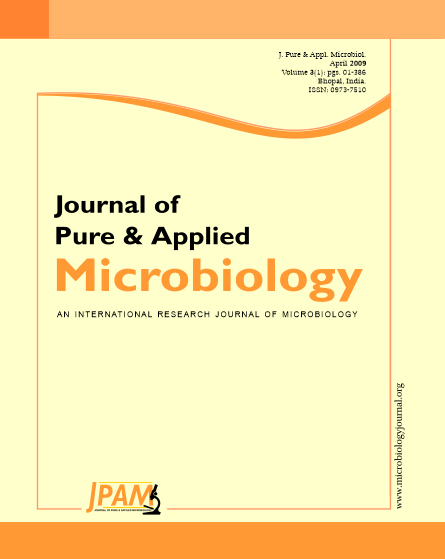Entamoeba histolytica, the causative agent of human amebiasis, is endemic in most tropical and subtropical countries and is considered responsible for most cases of amoebic dysentery, amoebic hepatitis, and ulceration .Despite its medical importance; there is a considerable lack of knowledge about the epidemiology of this parasite in this locality. To gain insight into the dynamics of intestinal Entamoeba histolytica infection, particularly in this part of the world, a study was performed over a period of four months with a group of 1274 patients (mean age, 35 years) living in Aba, Abia State, Nigeria. The presence of the parasite was detected by microscopic examination of fresh stool samples stained with iodine solution. Occult blood in the faeces of those with intestinal ulceration was detected using oko kit which works on the principle that the perioxidase activity of haemoglobin and its iron containing derivative catalyze the oxidation of the non carcinogenic chromogen to form a blue colour in the presence of hydrogen perioxide. From the results 610 (47.9%) were E. histolytica positive. While those with intestinal ulceration were 94, out of which 42 were E. histolytica positive. There is therefore, an urgent need to educate the populace of the prevalence of this parasite considering its health implication.
Occult blood, Faeces, Ulceration, Peroxidase activity, Entamoeba histolytica
© The Author(s) 2009. Open Access. This article is distributed under the terms of the Creative Commons Attribution 4.0 International License which permits unrestricted use, sharing, distribution, and reproduction in any medium, provided you give appropriate credit to the original author(s) and the source, provide a link to the Creative Commons license, and indicate if changes were made.


